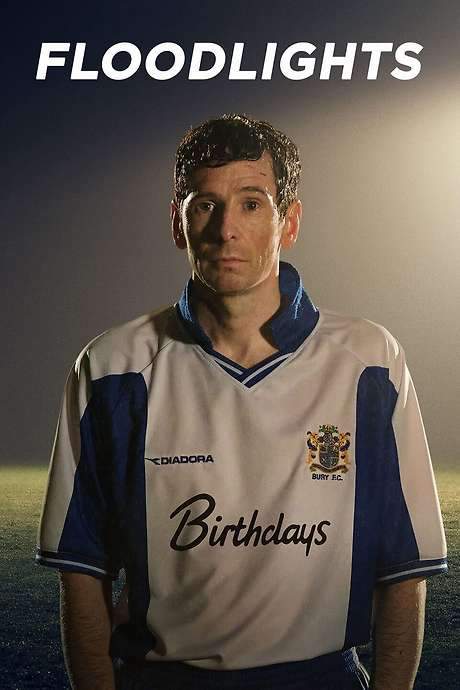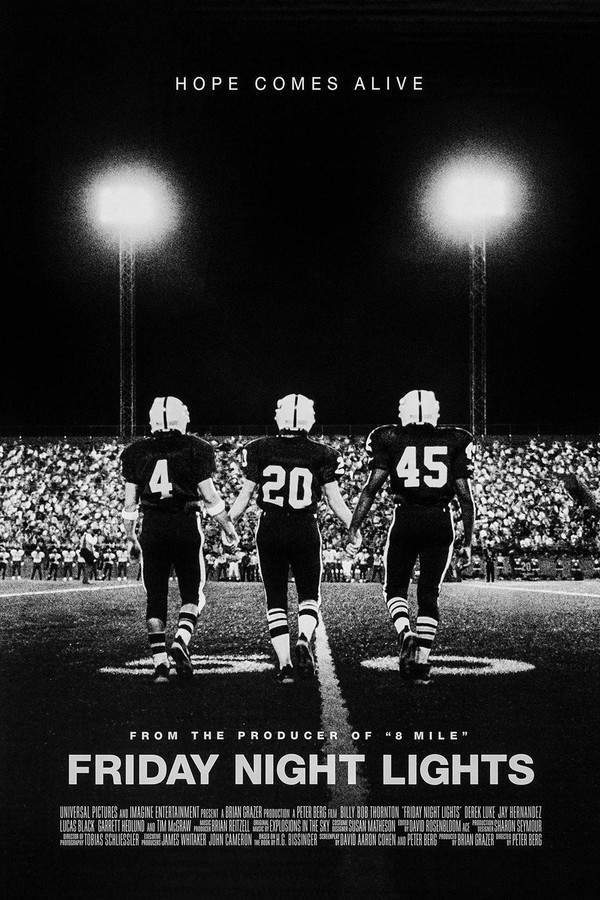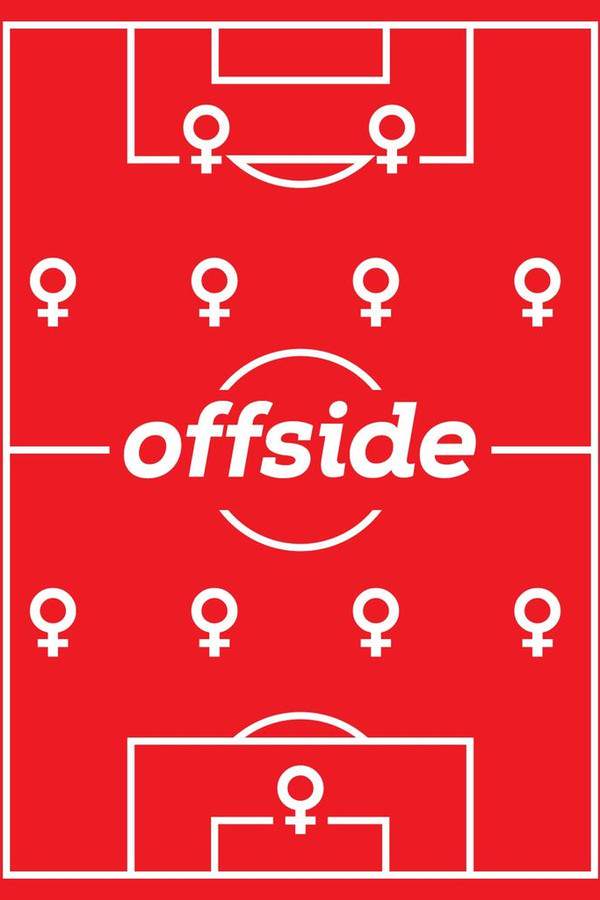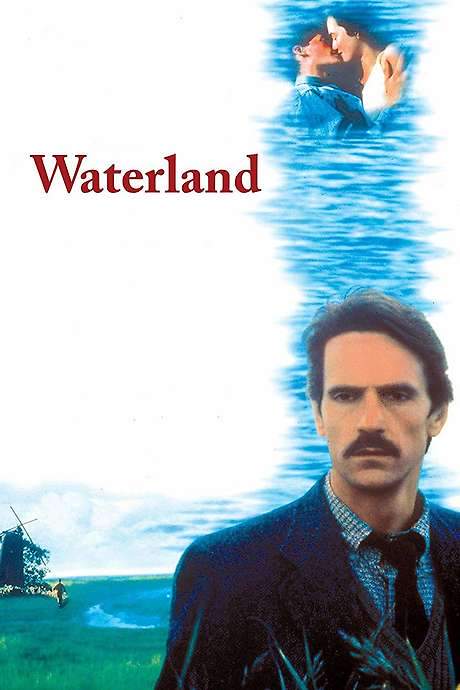
Floodlights
Year: 2022
Runtime: 80 mins
Language: English
Director: Nick Rowland
A powerful and inspiring account of Andy Woodward, one of the first footballers to publicly disclose the sexual abuse he suffered at the hands of notorious scout Barry Bennell. The film traces his decision to speak out, the personal toll it took, and his role in sparking a wider reckoning within the sport.
Warning: spoilers below!
Haven’t seen Floodlights yet? This summary contains major spoilers. Bookmark the page, watch the movie, and come back for the full breakdown. If you're ready, scroll on and relive the story!
Floodlights (2022) – Full Plot Summary & Ending Explained
Read the complete plot breakdown of Floodlights (2022), including all key story events, major twists, and the ending explained in detail. Discover what really happened—and what it all means.
Barry Bennell is introduced as a charismatic youth coach who moves from Manchester City to Crewe Alexandra and quickly becomes a figure of enormous influence in local football. He draws in Andy Woodward, a gifted young defender from Stockport, by offering a path out of hardship and promising a future rich with possibility for both the boy and his family. The early trust is built through games, late-night hangouts, and the lure of a world where talent can translate into security. Bennell’s self-assurance feels like a magnet to the families around Woodward, who believe the coach can unlock professional opportunities that seem almost out of reach.
The story follows a disturbing pattern: Bennell makes Woodward feel specially chosen, then uses shifts in power to isolate him. The house where the sleepover unfolds becomes a stage for manipulation, with Bennell pressuring Woodward to sleep in his bed because there aren’t any other options. In that moment, the movie shows the painful, ambiguous lines between warmth and control, trust and coercion. What starts as “games” soon tightens into something more invasive, and Woodward finds himself navigating a dangerous dynamic that blurs lines of affection, authority, and fear. Bennell’s influence is reinforced by a culture of athletic privilege, and the boy’s initial compliance gradually curdles into a fear that the rest of his life will be tainted or wasted if he resists.
As Woodward’s teen years give way to a rising professional career, the toxic memories remain a force shaping his choices. In the late 1990s, Woodward is playing for Bury under manager Neil Warnock, and the doors Bennell once opened now feel like traps. Police detectives gravitate toward Woodward as a critical witness in the case that could bring Bennell to justice. Woodward submits an anonymised report that helps propel the investigation, steering the focus toward England after Bennell’s return from a troubling period abroad. The tension of reliving those years exacts a heavy psychological toll: the trauma resurfaces in his mood, his career falters, and the trust he had in the football world fractures. The film avoids melodrama, instead letting the weight of memory and obligation carry the narrative forward. Bennell responds with denials and insinuations of financial motive, insisting that Woodward’s pursuit of damages is really about fame or retribution rather than truth. The legal process becomes a pivotal moment, and the audience witnesses how a single, deeply personal history can ripple outward, influencing verdicts and public perception.
In the following decade, the story shifts to the long arc of healing and accountability. Woodward’s life outside football becomes entangled with the ongoing conversation about abuse in sport, and his decision to step forward publicly becomes a test of courage. The film details the personal cost of speaking out: the stigma, the scrutiny, and the fear of not being believed, all juxtaposed against the possibility that public disclosure might save others from similar harm. The audience is invited to weigh the quiet bravery it takes to come forward against the continuing pressure to protect reputations and preserve the myth of an unblemished athletic rise. As Woodward reconnects with his own history, the narrative widens to include a broader set of figures who surrounded him at the time.
In the 2010s, Woodward’s life takes another turn when he faces consequences within the police service, reflecting how central memory can be to identity and professional integrity. He is dismissed from the Greater Manchester Police for a sexual relationship with a person he was supposed to support as a family liaison officer, a decision that adds another layer of complexity to his public persona and private suffering. Desperate for space to tell his truth, he reaches out to a childhood teammate through social media, seeking a channel to stage a safer, more credible disclosure. That thread then collides with Bennell, who, under the prison alias Richard Jones, attempts to re-enter Woodward’s life, a confrontation that intensifies the risk of self-destruction. The film documents Woodward’s turn toward seeking a broader audience for his story, culminating in his decision to reveal his experiences publicly with the help of a journalist, moving beyond anonymised reports toward a courageous, inescapable confession.
Throughout the narrative, the tension between memory and truth drives the pacing. The film uses quiet, restrained storytelling to convey the enormity of Woodward’s experience and its long tail of consequences. Characters like DI Arrowcroft and other members of the investigative and legal world appear as steady, procedural forces, reminding the viewer that the aftermath of abuse is not just a private wound but a public issue that can reshape institutions and careers. The story is not merely about one man’s abuse but about the ripple effects that follow him—on his mental health, his professional life, and the people who come to know his story. It portrays the persistence required to turn pain into a catalyst for accountability, and it honors the courage of survivors who choose to tell their truth even when the path ahead feels precarious.
In the end, the film leaves viewers with a careful, reflective portrait of resilience. It acknowledges the lasting impact of childhood abuse inside sport while centering the survivors’ agency and the power of whistleblowing to protect others. It is a sober examination of predatory dynamics, the failures and complexities of institutional response, and the difficult but necessary step of turning memory into social change. The narrative never shies away from the discomfort of those memories, but it also refuses to let them define the entire arc of a person’s life, instead depicting the ongoing effort to find dignity, healing, and a future that does not erase the past but learns from it.
Last Updated: October 05, 2025 at 12:07
Unlock the Full Story of Floodlights
Don't stop at just watching — explore Floodlights in full detail. From the complete plot summary and scene-by-scene timeline to character breakdowns, thematic analysis, and a deep dive into the ending — every page helps you truly understand what Floodlights is all about. Plus, discover what's next after the movie.
Floodlights Timeline
Track the full timeline of Floodlights with every major event arranged chronologically. Perfect for decoding non-linear storytelling, flashbacks, or parallel narratives with a clear scene-by-scene breakdown.

Characters, Settings & Themes in Floodlights
Discover the characters, locations, and core themes that shape Floodlights. Get insights into symbolic elements, setting significance, and deeper narrative meaning — ideal for thematic analysis and movie breakdowns.

Similar Movies to Floodlights
Discover movies like Floodlights that share similar genres, themes, and storytelling elements. Whether you’re drawn to the atmosphere, character arcs, or plot structure, these curated recommendations will help you explore more films you’ll love.
Explore More About Movie Floodlights
Floodlights (2022) Scene-by-Scene Movie Timeline
Floodlights (2022) Movie Characters, Themes & Settings
Floodlights (2022) Spoiler-Free Summary & Key Flow
Movies Like Floodlights – Similar Titles You’ll Enjoy
Friday Night Lights (2004) Detailed Story Recap
Offside (2007) Ending Explained & Film Insights
Aberdeen (2001) Complete Plot Breakdown
Looking for Eric (2010) Detailed Story Recap
A Shot at Glory (2002) Spoiler-Packed Plot Recap
Guys and Balls (2006) Ending Explained & Film Insights
The Beautiful Game (2024) Story Summary & Characters
Play It Like a Man (2018) Movie Recap & Themes
Flood (2007) Movie Recap & Themes
This Sporting Life (1963) Film Overview & Timeline
Hothead (1979) Plot Summary & Ending Explained
The Fix (1997) Story Summary & Characters
When Saturday Comes (1996) Full Summary & Key Details
Treading Water (2024) Complete Plot Breakdown
Waterland (1992) Story Summary & Characters

















